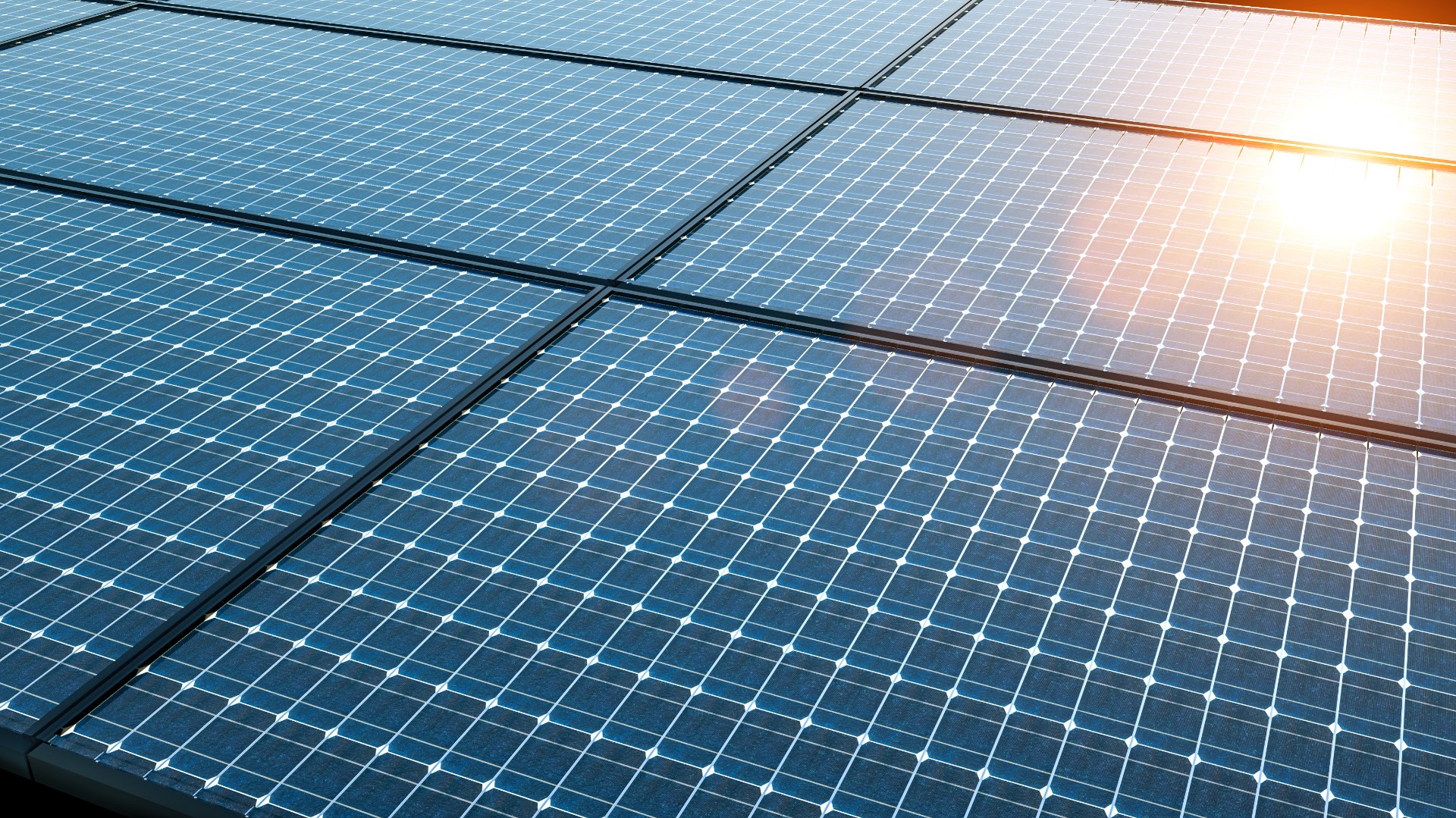UNSW researchers receive coveted Australian Laureate Fellowships
2025-07-04T13:00:00+10:00

Professor Sean Li, Scientia Professor Xiaojing Hao and Professor Chuan Zhao have received Australian Laureate Fellowships.
Photo: UNSW Sydney
Three UNSW researchers have each been awarded a share of $11.2 million to conduct ground-breaking research as part of the ARC’s 2025 Australian Laureate Fellowship scheme.
UNSW Sydney’s Professors Chuan Zhao, Sean Li and Xiaojing Hao are among 17 recipients of prestigious Australian Laureate Fellowships from the Australian Research Council (ARC) in the latest round of funding.
The Fellowships are awarded to distinguished researchers who foster strong, supportive environments for early-career academics and lead research projects that deliver meaningful benefits to both national and global communities.
Professor Chuan Zhao from UNSW’s School of Chemistry was awarded $3.72 million to develop devices that can split water to produce green hydrogen, a clean fuel produced without the use of fossil fuels.
Director of UNSW’s Materials and Manufacturing Futures Institute Professor Sean Li received $3.78 million to develop materials for faster, more efficient computer chips.
Scientia Professor Xiaojing Hao from UNSW’s School of Photovoltaic and Renewable Energy Engineering was awarded $3.73 million to accelerate the production of new solar cell materials that can capture more energy from sunlight.
Deputy Vice-Chancellor Research & Enterprise, Professor Bronwyn Fox, congratulated UNSW’s 2025 ARC Laureate Fellowship recipients.
“These prestigious fellowships are awarded to Australia’s most outstanding research leaders, and we are proud to see our academics recognised for their bold, visionary work,” Prof. Fox said.
“Their research will not only generate world-class knowledge, but also deliver real impact across communities, industries and policy. At UNSW, we are deeply committed to supporting excellence in research that drives discovery, innovation and a better future.”
Moving towards a green-hydrogen future
Cost-effective and environmentally safe production of green hydrogen will be a vital component in Australia's future energy economy. Prof. Zhao is working to develop a new class of water-splitting devices to produce green hydrogen without fossil fuels.
The project will create durable and efficient electrolysers using low-cost, abundant materials, designed to work with renewable energy sources like wind and solar.
Prof. Zhao said the Fellowship provided a unique opportunity to tackle big challenges in the energy sector.
“I’m truly honoured, this recognition reflects the dedication of my research team and the strong support of UNSW,” Prof. Zhao said.
“This will enable us to pioneer new materials and pathways for accelerating our transition from an economy dependent on fossil fuels to one founded on clean and sustainable resources.”
Transforming 2D transistors
As the demand for data-driven computing skyrockets, so too has the demand for smaller, faster devices. Prof. Li is undertaking work to shrink devices and unlock faster, more efficient computing.
Prof. Li’s research focuses on creating advanced components for 2D semiconductors - tiny, ultra-thin materials that could overcome the current limits of silicon technology used in today’s electronics.
“I am deeply honoured, but this recognition truly belongs to UNSW and my team,” Prof. Li said.
“It reflects years of shared effort, made possible by the incredible research environment and long-standing support we have received from the University. For me, this isn’t the end of a journey - it’s the start of an exciting new chapter, as we work towards building Australia’s semiconductor manufacturing capability.”
Next-generation solar materials
Prof. Hao is creating new solar cell materials to make future solar panels more efficient. Her research aims to improve the top layer of tandem solar cells, which work alongside silicon to capture more sunlight.
Tandem solar panels are made by stacking two or more layers of solar cell materials on top of each other. Each layer is designed to capture different parts of sunlight, allowing the panel to convert more sunlight into electricity.
“The idea for this project has been in the making for years, shaped by my work on a range of solar cell materials,” Prof. Hao said.
“With this support, I’m now able to bring my vision to life and fast-track the development of top cells for next-generation tandem photovoltaic technologies for the future."
Media enquiries
For enquiries about this story or interview requests please contact Ashleigh Steele:
Tel: +61 421 308 805
Email: ashleigh.steele@unsw.edu.au








